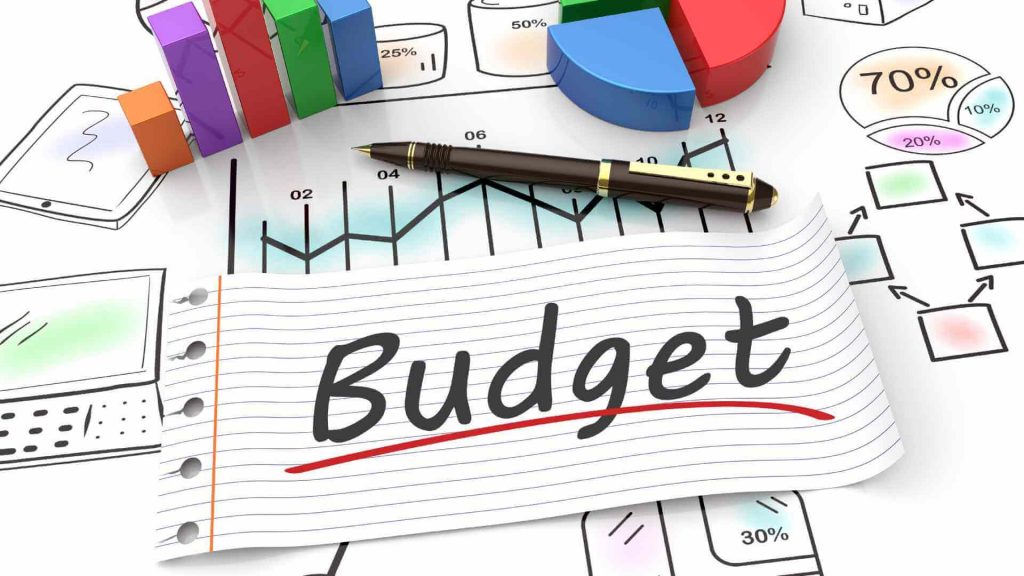Creating a budget that actually works can be a challenge for many people, but it is an essential step towards achieving financial stability. A well-organized spending plan can help you manage your income effectively and bring peace of mind.
In this post, we’ll guide you through crafting a realistic plan that you can stick to. It’s full of practical advice and tips to keep you on track. Many struggle with sticking to their budget due to lack of planning or discipline. The key is to make it simple and sustainable. Here’s how to design one you’ll actually follow.
Understanding your financial situation

Analyzing your financial state is the first step to creating a realistic budget. It’s crucial to understand how much money is coming in and where it’s going out. Start by listing your total income from all sources. This might include your salary, any side hustles, or passive income like dividends. Then, list all your monthly expenses, separating them into fixed and variable costs.
Fixed costs might include rent or mortgage payments, insurance, and loan repayments, while variable expenses cover groceries, entertainment, and dining out. By categorizing your outgoings, you gain a clearer picture of where adjustments can be made to align with your financial objectives.
Identifying non-essential spending
Once you understand your financial landscape, the next step is identifying non-essential expenses. This is crucial in managing unnecessary expenditures that consume your income. Review your spending habits and focus on areas where you tend to overspend. Perhaps it’s frequent dining out, impulse buying, or costly hobbies.
Be honest with yourself about what you can reduce or eliminate. This doesn’t mean cutting out all frills but rather being mindful of spending that doesn’t align with your long-term goals. Redirect these funds towards savings or paying off debt to create healthier financial habits.
Setting realistic financial goals
Establishing attainable financial objectives is a core element of a successful budget. Goals give you a purpose for your budgeting efforts and ensure that your money is working towards something meaningful. Start by setting short-term targets, such as saving for a vacation, and pair them with long-term goals like retirement savings.
Break your goals into manageable steps to prevent feeling overwhelmed. Regularly assess your progress and adapt your plan as necessary. Achieving smaller goals boosts motivation, encouraging you to stick to your budget over the long term.
Practical tips for maintaining your budget
To maintain your financial plan, consistency, and accountability are key. Firstly, set aside time each month to review your budget. This keeps you aware of your financial standing and allows for adjustments if your circumstances change. Utilize budgeting tools or apps to track your spending in real-time, simplifying the process.
Consider setting up automatic transfers to savings or bills to avoid missing payments. Lastly, involve family or a trusted friend in your budgeting efforts for additional support. They can provide accountability and encouragement, helping you stick to your spending plan.
Conclusion: embracing financial discipline
Creating and sticking to a budget requires discipline and regular self-assessment. Embrace the journey of financial responsibility by understanding your current situation, cutting back unnecessary expenses, and setting realistic goals. Remember, the goal is not perfection but progress.
Consistency and adaptability are your allies in making your spending plan work long-term. Celebrate small victories, learn from setbacks, and continually aim to improve your financial health. Over time, with diligence and dedication, you’ll reap the benefits of a balanced financial life.
